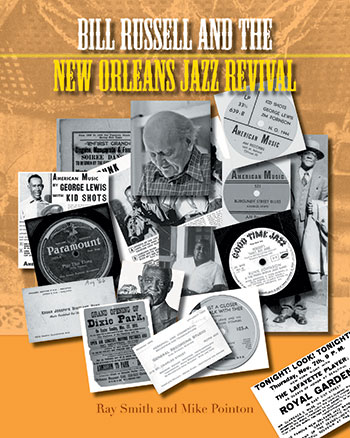Search for the New Land
American Jazz in the 1970s
Mark Racz [+–]
Independent Scholar
Search for the New Land is a ground-breaking survey of American jazz between 1969 and 1981, when jazz developed into the diverse and multifarious music it has remained to the present day. Considering in detail the work of the major artists of the period, it encompasses modal jazz, free jazz and fusion in the music of John Coltrane’s and Miles Davis’ sidemen and associates, the post-bop mainstream, the continuing development of the major figures of the 1950s and 1960s, including Cecil Taylor, Charles Mingus, Ornette Coleman and Sun Ra as well as individualists and iconoclasts such as Anthony Braxton, Steve Lacy, Joe McPhee and Carla Bley.
Search for the New Land also examines the rise of jazz communities in New York, Chicago, Detroit, St Louis, Los Angeles and Hartford, Connecticut, where artists took control of their own careers through collectives, self-promotion and community education. It then considers the catalytic effect of the presence of American musicians on the development of distinctive jazz traditions in Europe and the mutually productive interactions with their European peers.
Series: Popular Music History
Table of Contents
Introduction
Chapter 1
Chapter 2
Chapter 3
Chapter 4
Chapter 5
Chapter 6
Chapter 7
Chapter 8
Chapter 9
Chapter 10
Chapter 11
Chapter 12
Chapter 13







